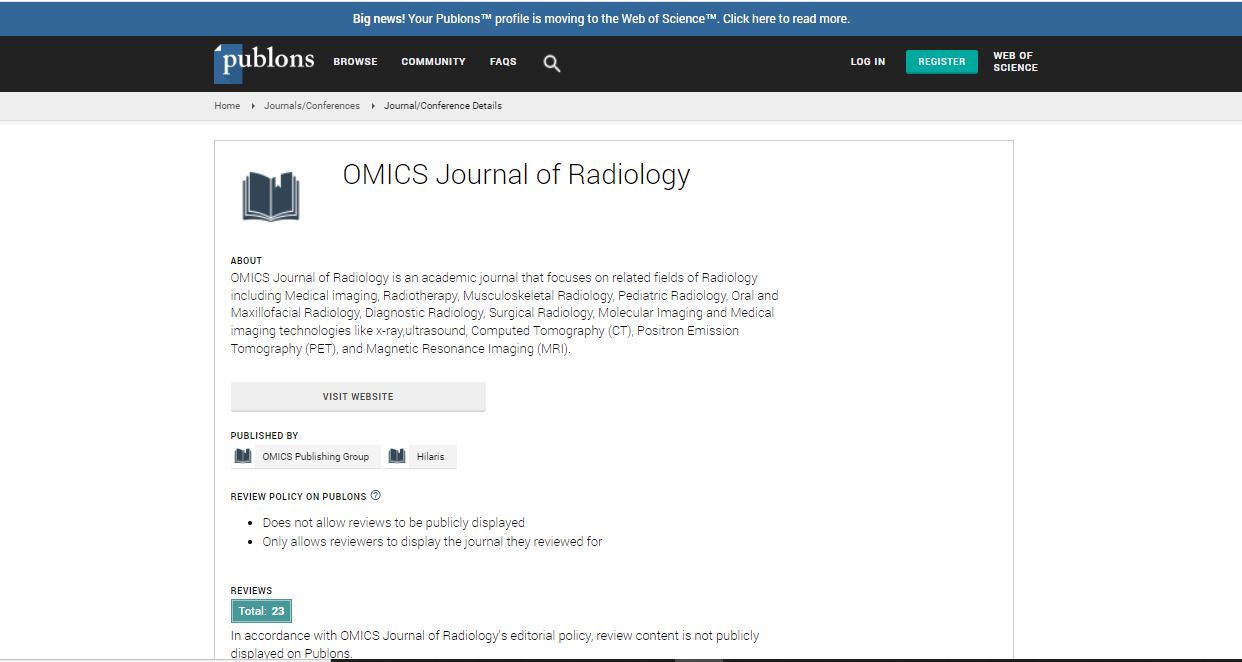Case Report
Findings of High B-Value Q-Space Imaging of the Brain in Children with Neurofibromatosis 1
Zareen Fatima1, Shintaro Ichikawa2, Utaroh Motosugi2, Muhammad Imran3 and Ahmed Bilal Waqar4*
1Department of Radiological Sciences and Medical Imaging, Faculty of Health and Allied Sciences, Imperial College of Business Studies, Lahore, Pakistan
2Department of Radiology, University of Yamanashi, Chuo-shi, Yamanashi, Japan
3Department of Medical laboratory Sciences, Faculty of Health and Allied Sciences, Imperial College of Business Studies, Lahore, Pakistan
4Faculty of Health and Allied Sciences, Imperial College of Business Studies, Lahore, Pakistan
- *Corresponding Author:
- Ahmed Bilal Waqar
Faculty of Health and Allied Sciences
Imperial College of Business Studies
City Campus, 25B, Lower Mall, Lahore
Pakistan
Tel: +923349686443
E-mail: drabwaqar@yahoo.com
Received date: July 16, 2016; Accepted date: August 04, 2016; Published date: August 08, 2016
Citation: Fatima Z, Ichikawa S, Motosugi U, Imran M, Waqar AB (2016) Findings of High B-Value Q-Space Imaging of the Brain in Children with Neurofibromatosis 1 . OMICS J Radiol 5:231. doi: 10.4172/2167-7964.1000231
Copyright: © 2016 Fatima Z, et al. This is an open-access article distributed under the terms of the Creative Commons Attribution License, which permits unrestricted use, distribution, and reproduction in any medium, provided the original author and source are credited.

 Spanish
Spanish  Chinese
Chinese  Russian
Russian  German
German  French
French  Japanese
Japanese  Portuguese
Portuguese  Hindi
Hindi 
